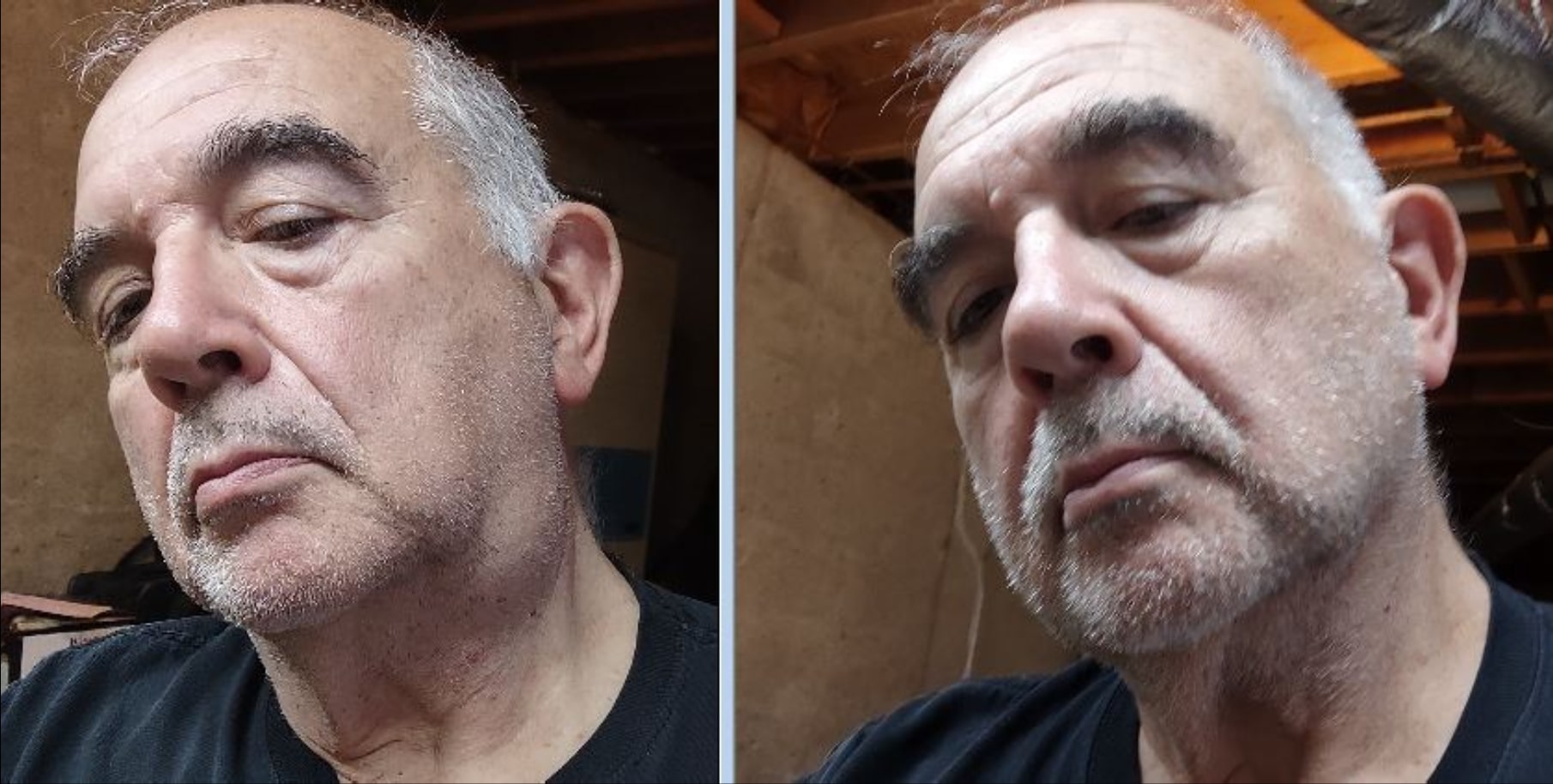Lipomas are lumps that can form under your skin and are caused by the abnormal growth and accumulation of fat cells that are contained inside of an enclosed sac. They are normally painless and not a danger to their health, but some people choose to have surgery to remove them. Surgery is a good option if the lipoma is growing fast, causing any type of discomfort, or creating noticeable or embarrassing cosmetic imperfections.
The surgery to remove a lipoma is simple and straightforward, and today we are going to tell you how it is done, what to expect in the way of recovery, and if you might be left with a lipoma removal scar.
Will Lipoma Removal Leave A Scar?
Unfortunately, anytime a cut is made on your skin, it results in a scar. The appearance of the scar after lipoma removal will depend on how extensive the surgery was and how well you take care of your incision while you are healing. Normally, lipoma removal scars are small and will fade and become lighter over time.
After your incisions have formed a scab, you can apply silicone gel or other effective scar-preventing treatments to the area to minimize how visible they will be later. It is very important to keep the area clean to prevent infection and stay out of the sun while you are healing. to lessen the risk of visible scarring.

What Can Be Done To Reduce The Appearance Of A Lipoma Removal Scar?
If you have a visible scar after lipoma removal, an injury, or other type of surgery and are looking for ways to reduce their appearance, IBI Plastic Surgery & Med Spa offers several cosmetic procedures that can significantly reduce their visibility or eliminate scars completely. Some of the treatments that can safely make scars less noticeable include.
Morpheus8 and SylfirmX
Morpheus8 and SylfirmX procedures combine radiofrequency with microneedling, which triggers the production of new collagen and elastin and renews your skin naturally from the inside. When we are injured, such as by cutting our finger, our bodies begin to repair the cut by quickly creating new collagen in that area. Instead of taking the time to create the normal smooth basket weave formation to make the collagen for these repairs, it is done haphazardly, and as a result, a scar is created.
When the skin is treated with a combination of radiofrequency and microneedling it creates tiny injuries that the body begins to repair, but the new collagen that forms to repair these areas is created slowly and evenly, which helps flatten existing scars significantly.
Laser Resurfacing Using Coolpeel
CoolPeel is an advanced CO2 laser treatment that helps to significantly lighten scars, reverse sun damage, and diminish the visible signs of aging. It works by delivering energy in precise bursts to create controlled injuries to the dermis but without causing thermal damage to other areas. This makes the recovery much faster and easier and results in less flaking, swelling, and peeling.
Chemical Peels
Chemical peels help reduce visible scars by eliminating the outer layers of damaged skin so the new, fresh skin underneath can be uncovered. These peels can prompt the production of new collagen by eliminating damaged skin, which diminishes the depth and visibility of scars and makes the skin smoother.
If you have noticeable scars that you would like to get rid of, set up an appointment with IBI Plastic Surgery & Med Spa. Their knowledgeable team of experts will help determine which procedures or treatments will work best for your circumstances and deliver the results you desire.
How Is Lipoma Surgery Usually Done?
Lipoma surgery is usually done as an outpatient procedure, so there is no hospital stay and you can go home the same day. The area where the lipoma is located will be numbed to make sure you do not experience any pain during the surgery, and you will not have to worry about any side effects commonly caused by general anesthesia. Lipoma removal surgery normally involves the following steps:
- Step 1: Dr. Angelina will inject a local anesthetic around the lipoma to thoroughly numb the area.
- Step 2: Once the area is completely numb, Dr. Angelina will make a small incision over the lipoma. At this point, she will determine the technique that will be used to remove the fat.
- Step 3: Then she will carefully remove the trapped lump of fat from underneath the skin using surgical instruments or using liposuction, depending on how much fat is present and how solidified it has become. In many cases, the lump can easily be taken out in one piece.
- Step 4: After the lipoma has been removed, Dr. Angelina will use tiny stitches or surgical glue to close the incision as inconspicuous as possible to prevent a very noticeable lipoma removal scar.
- Step 5: The wound is then covered with a sterile dressing or bandage to protect it while it heals. Also, you will be given instructions on how to properly care for your incision at home to ensure it heals properly and you are not left with a very noticeable scar after lipoma removal.
How Long Does Lipoma Surgery Take?
Lipoma surgery is usually very quick, but it will depend on the size and location of the lipoma. Removing one lipoma that is at surface level will usually take 20 to 30 minutes, but if there are multiple lipomas, large lipomas, or they are located deeper within the layers of the skin, they can take up to a few hours to remove.
How Long Does It Take For Lipoma Surgery To Heal?
Most people are back to their normal routine within a day or two, but the length of your recovery from lipoma removal surgery will depend on how big it was and how deep it was embedded. Most patients do not experience much pain during their recovery, and their discomfort can easily be managed with over-the-counter medications. You may have some swelling and bruising around the incision area, but these should go away on their own within a few weeks. Most people fully recover within about two weeks, but your healing time can take longer depending on the size of the lipoma and the location of your incision.
Dr. Angelina will provide you with aftercare instructions that you should carefully follow. This will make sure your recovery is complication-free and that any scar after lipoma removal is as undetectable as possible.







